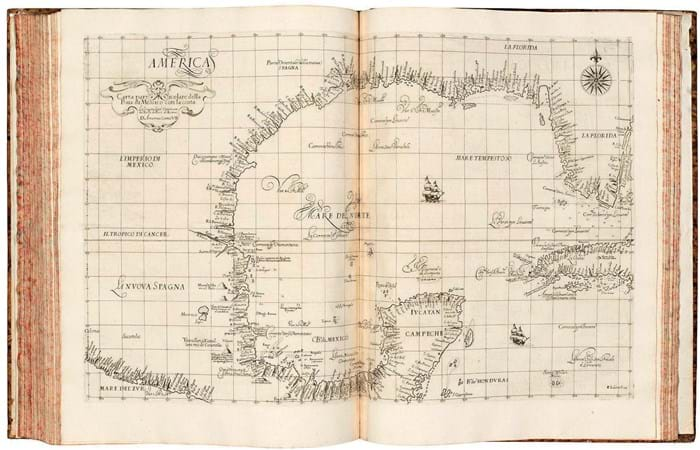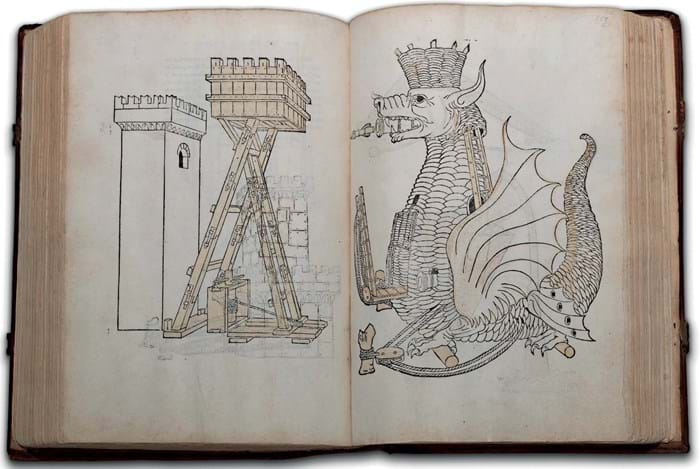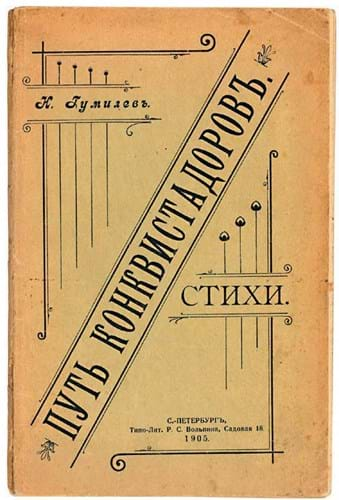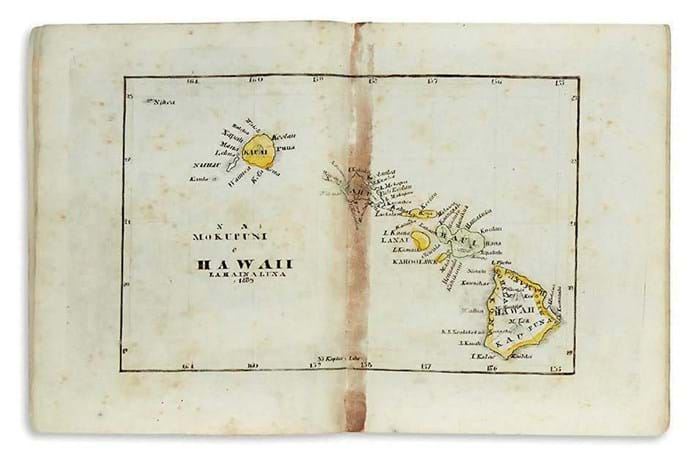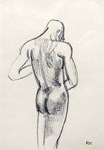The lots featured in this review were among the really big money-spinners that emerged from the enormous array of sales held in the UK, the US and Europe which brought the old year to a close – though there were a great many more that made six and high five-figure sums.
Olympics outlined
The most costly of those selected here was Pierre de Coubertin’s 14pp autograph manuscript of the speech in which he first outlined his plans for a revival of the ancient Greek Olympic Games, an 1892 manifesto that four years later led to the first modern games being held in Athens.
As noted in News, ATG No 2423, it sold for $7.5m (£5.73m) at Sotheby’s New York (25/20/13.9% buyer’s premium) on December 18 and proved a moment of particular pride for books specialist Selby Kiffer. It marked the highest price ever achieved at the rostrum during his three decades at Sotheby’s.
On the same day an early and “unusually large and brilliantly coloured” subscriber’s copy of Audubon’s Birds of America was offered as a separately catalogued lot by Sotheby’s and secured by US dealer and auctioneer Graham Arader at a slightly under estimate $5.6m (£4.31m).
First world sea atlas
Offered at Christie’s (25/20/13.5% buyer’s premium) on December 11 was a 30-lot sale of rarities from the private collections of a renowned Dutch book dealer, the late Nico Israel, and his wife, Nanni.
It opened with a medieval astrolabe quadrant. Probably made in southern France c.1290-1310, it is the earliest known example of such an instrument still in private hands and sold at £600,000.
An identical sum secured a superb, complete example of the extended, 1661 edition of the Arcano del Mare of Sir Robert Dudley, the six parts bound as two volumes in contemporary vellum boards.
A monumental work produced following the self-styled Duke of Northumberland and Earl of Warwick’s move to Italy, where it was first issued in 1646-47, this edition includes 364 engraved charts and other illustrations on 180 sheets.
Huge quantities of copper were used in creating the plates and this first sea atlas of the whole world was printed on the finest available paper.
It was the first to use Mercator’s projection on all charts, to show prevailing winds and currents, to provide magnetic declination and to expound the benefits of ‘Great Circle Sailing’.
Bid to £275,000 in the largest of the three major Christie’s sales held on that same day was a 1472, Verona first of Robertus Valturius’ De re militari, the first printed book to feature technical illustrations and in this instance one of the few copies known to feature partial colouring to the woodcuts of a wide range of military equipment.
Those in the spread reproduced on the facing page include a fearsome siege engine of dragon form.
Also part of that King Street sale was a presentation copy of LF Menabrea’s Sketch of the Analytical
Engine invented by Charles Babbage… with notes by the translator. The latter was of course Ada King, later Countess Lovelace – who, incidentally, in recent weeks has also featured in the latest Dr Who televison series.
This 1843 offprint, in which her contributions and observations, added at Babbage’s suggestion and considerably longer than the original work, are today widely regarded as the most important paper in the early history of computing.
This copy is one she inscribed for the travel writer and art connoisseur, Richard Ford.
Russian poetry surprises
Among Russian books and manuscripts sold by Christie’s on November 27 the real surprise came with the arrival of a group of lots featuring the works of the poet Nikolai Stepanovich Gumilev (1886-1921).
Three lots with high estimates totalling £24,000 were sold instead for a total of £400,000.
Inscribed to “the esteemed Arkady Andreyevich Muchin as a keepsake”, a presentation copy in original wrappers of the 19-year-old Gumilev’s first collection of verse, Put’konkvistadorov (The Way of the Conquistadors), one of 300 copies of a 1905 St Petersburg edition funded by his parents, was the most highly valued lot and duly sold at £55,000.
A 1908 Paris first of Romanticheskiye tsvety (Romantic Flowers), uncut in original plain grey wrappers and warmly inscribed to the symbolist writer and artist Aleksy Remizov, reached £155,000.
However, this unexpected bidding boost peaked at £190,000 for an inscribed presentation first of Kolchan (The Quiver).
Published in St Petersburg in 1916, this was the first major work to follow Gumilev’s marriage to the poet Anna Akhmatova in 1910, his influential visits to Africa and service in the army.
Poe goes fourth
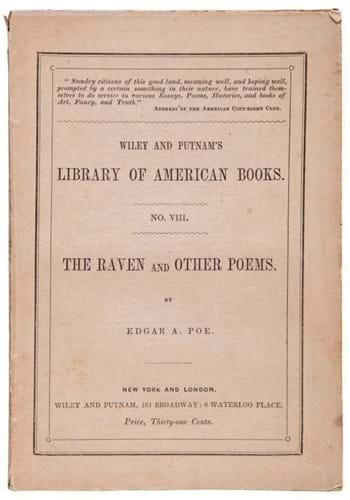
First-issue copy of Edgar Allan Poe’s The Raven and other Poems – $250,000 (£192,310) at Sotheby’s New York.
Still in the original wrappers of 1845, when it was priced at 31 cents, a first-issue copy of Edgar Allan Poe’s The Raven and other Poems was making its fourth auction appearance when offered by Sotheby’s New York (25/20/13.9% buyer’s premium) on December 18.
Last seen in at auction in 1991, when it made $24,000 as part of Richard Manney’s great library, it this time took $250,000 (£192,310).
Hawaii geography
The cheapest lot featured in this small selection, at $55,000 (£42,310) – but one which had been estimated at just $3000 – is a rare Hawaiian imprint featured in a Swann Galleries (25/20/10% buyer’s premium) sale of December 17.
Illustrated with eight outline coloured maps followed by brief text and geographical questions, this 16pp Hawaiian school geography primer produced in 1840 at the Lahainaluna Seminary on the island of Maui is the only copy ever seen at auction.
The engraving was the work of George Luther Kapeau, a student at the seminary who later became a governor of Hawaii.



